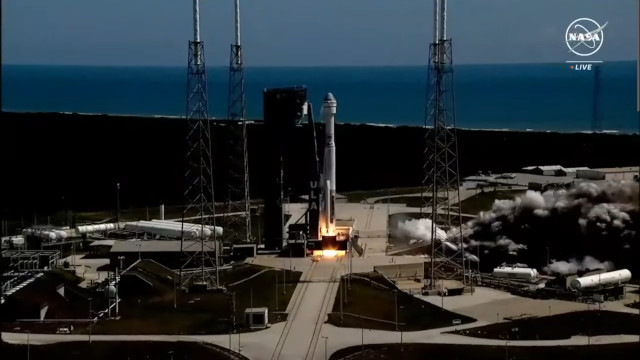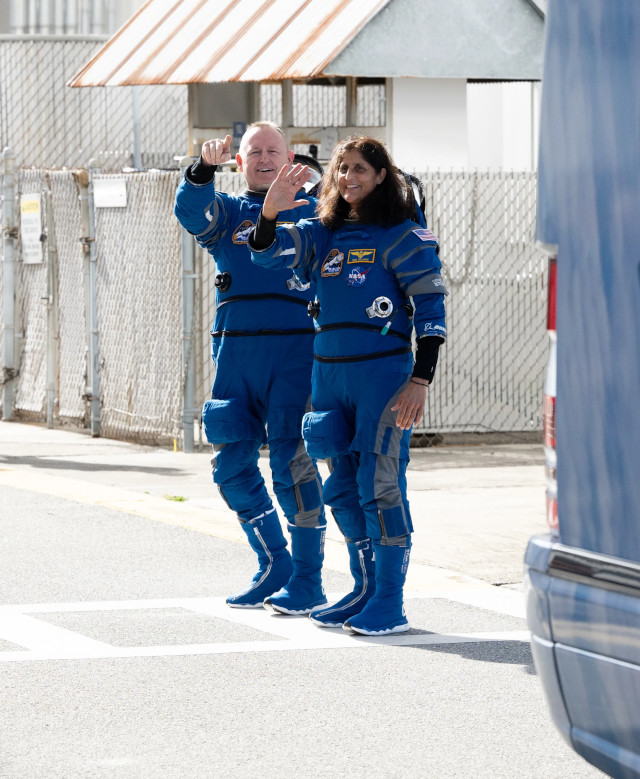
A little while ago, Boeing’s CST-100 Starliner Calypso spacecraft blasted off atop a ULA Atlas V rocket from the Cape Canaveral base on its Boe-CFT (Boeing Crew Flight Test) mission. After about fifteen minutes, it successfully separated from the rocket’s last stage and soon it will start the maneuvers it needs to enter orbit and begin tracking the International Space Station.
A little more than two years after the Boe-OFT 2 mission, the time has finally come for the Starliner spacecraft to perform a test flight with a crew on board. Problems encountered even after the second uncrewed test flight caused a further extension of the time needed to make the Starliner reasonably safe to carry humans.
The delays also led to notable crew changes from the initial plans. Originally, there were three people on board the Starliner, whose names changed over time. Eventually, it was decided that two astronauts were enough. These are two veterans, both on their third space mission:
Barry Eugene “Butch” Wilmore. Born on December 29, 1962, in Murfreesboro, Tennessee, USA, he graduated in electrical engineering from Tennessee Technological University and in aviation systems from the University of Tennessee. After joining the US Navy, he graduated from the United States Naval Test Pilot School (USNTPS). As a pilot, he has accumulated over 6,200 flight hours in various types of aircraft. In 2000, he was selected by NASA as a pilot. He has worked on various propulsion systems, including those of the Space Shuttles, and on various support teams for other astronauts. He was part of the crew of the Space Shuttle Atlantis on the STS-129 mission in 2009, which visited the International Space Station, and of Expedition 41/42, serving on the Station between September 2014 and March 2015.
Sunita Lyn Williams. Born on September 19, 1965, in Euclid, Ohio, USA, she graduated from the Naval Academy in physics in 1987 and served in the US Navy as a naval aviator accumulating over 3000 flight hours. She earned a master’s degree in engineering management from the Florida Institute of Technology in 1995. She was selected as an astronaut in 1998. In 2002, she participated in the NEEMO 2 submarine mission. She served on the International Space Station as part of the Expedition 14/15 crew between December 2006 and June 2007 and Expedition 32/33 between July 2012 and November 2012.
At last, the Starliner Calypso spacecraft is en route to the Space Station, where it was supposed to arrive in the first uncrewed test. In fact, that’s the same spacecraft, as reusability was one requisite since the beginning for Boeing as well. The Calypso is scheduled to reach the International Space Station tomorrow, at about 16.15 UTC.


